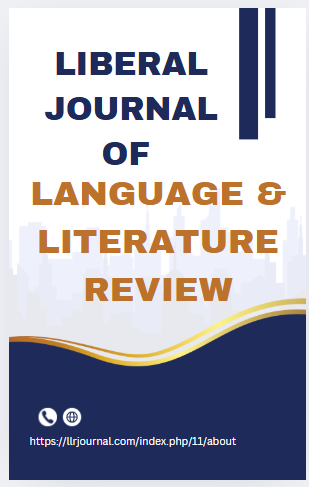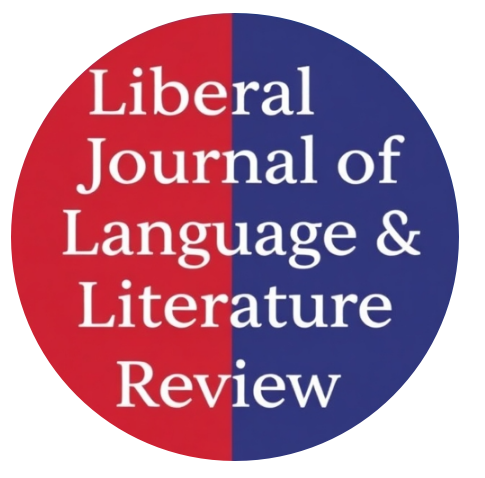Linguistic Relativity and Gender: Does Language Shape Sexism? A Cross-Linguistic Study
Abstract
The principle of linguistic relativity posits that the structure of language influences the way speakers perceive and think about the world. This study investigates whether language contributes to shaping sexist attitudes, specifically through grammatical gender, lexical encoding, and semantic patterns across different linguistic systems. Drawing on a cross-linguistic analysis of gendered languages (e.g., Spanish, Hindi), natural gender languages (e.g., English), and genderless languages (e.g., Turkish), the study examines how linguistic features correspond to societal gender biases. By combining corpus analysis, psycholinguistic data, and sociolinguistic observations, the research explores the degree to which language reinforces gender stereotypes and exclusion. The findings reveal that languages with rigid gender-marking systems tend to embed and perpetuate patriarchal norms more explicitly than those with flexible or absent gender systems. However, even so-called “gender-neutral” languages may covertly encode sexist assumptions through metaphors, collocations, or role nouns. This study contributes to broader discussions on linguistic determinism, feminist linguistics, and the politics of language reform by showing that language is not merely a mirror of sexism but a mechanism that can both sustain and challenge gender hierarchies.
Keywords
Linguistic relativity; gender bias; grammatical gender; sexism in language; feminist linguistics; cross-linguistic study; gendered language; Sapir-Whorf hypothesis; gender representation; language and cognition




